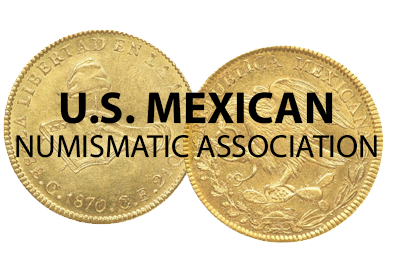Bradbury Wilkinson first issue
In October 1878 it was reported that the bank had just issued new $10 notes, which had been engraved in LondonAustin American-Statesman, 17 October 1878. This was Bradbury Wilkinson and Company, which produced both $5 and $10 notes.
The original Bradbury Wilkinson company was established in 1856 when printer Henry Bradbury came up with a remarkable suggestion to combat the epidemic of counterfeiting of banknotes. Whilst speaking to the Royal Institution he put forward the idea of intaglio printing for banknotes. Bradbury formed a company with his partner and engraver, Robert Wilmot Wilkinson, and they executed their first banknote order for Montevideo in 1858. Bradbury then died in 1860. In 1873–74, the firm built an imposing six-storey workshop, for engraving printing plates, at 25 and 27 Farringdon Road, London.
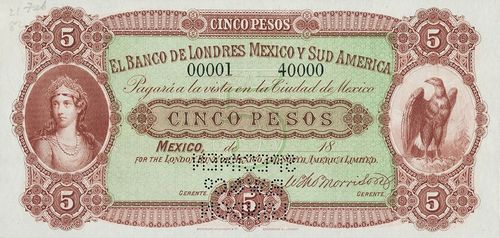
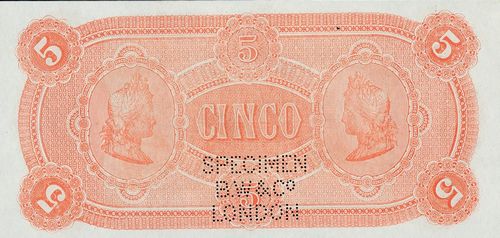 M247s $5 Banco de Londres y Sud América specimen
M247s $5 Banco de Londres y Sud América specimen
A face proof for the $10 is dated 18 June 1879 but is probably a file copy.
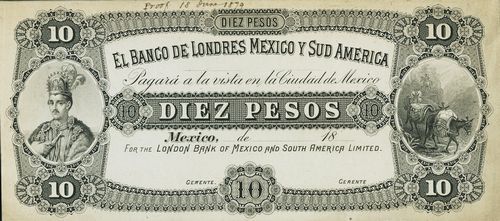
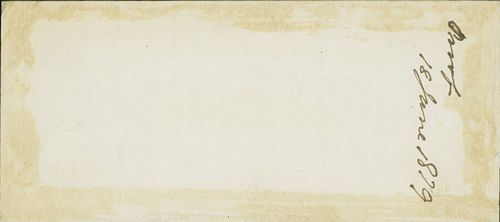 M248p $10 Banco de Londres y Sud América proof
M248p $10 Banco de Londres y Sud América proof
Design
The $5 note has a vignette of the Mexican eagle on the right and a portrait of [ ] in the all-important position on the left, as well as two profile faces on the back that are basically versions of the frontal bust but rotated 90 degrees. Likewise, the $10 note has a portrait of the Aztec emperor MoctezumaMoctezuma Xocoyotzin was the ninth emperor of the Aztec Empire reigning from 1502 or 1503 to 1520. Unable to resist the invading Spaniards under Hernán Cortés, Moctezuma welcomed them to his capital, Tenochtitlán, but was taken hostage and later killed. His death marked the beginning of outright hostilities between the Spaniards and Aztecs, culminating in the destruction of the Aztec empire. in the all-important position on the left, as well as two rotated images on the reverse.
So the $10 note was really designed to make a statement about Aztec heritage, at a pretty early point in the banknote sequence. This composite shows and compares the images.
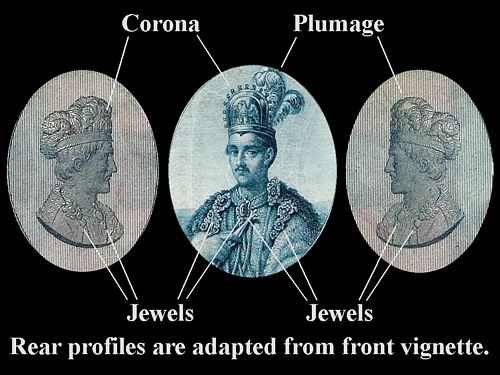
The vignette was modeled after a widely circulating engraving of Montezuma by Marie-Auguste Delvaux (1786 - 1836). This image appears in books from the 1800s, including a really popular one published in London where Bradbury, Wilkinson were based, namely William H. Prescott's The History of the Conquest of Mexico (1842).
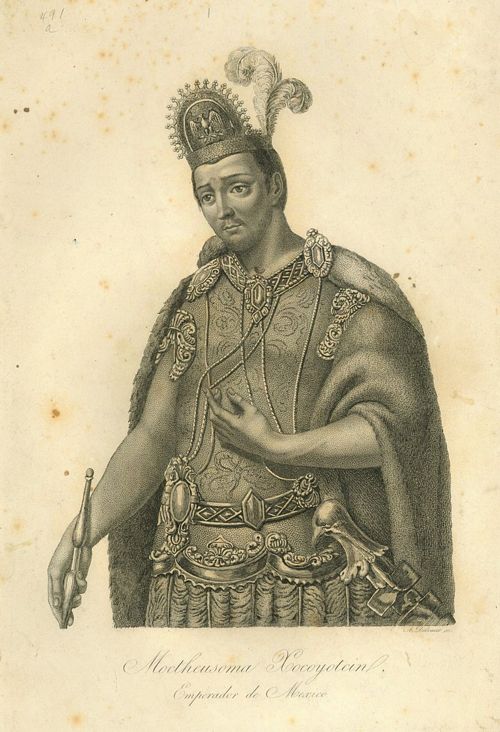
"Portrait of Moctezuma Xocoyotzin", steel engraving, pre-1879 from "Documents to support the claim of
José María Lizaula to a pension granted to the heirs of the Emperor Moctezuma" 1531-1885
This image was itself based on an original colonial-era portrait painting in a private collection in Mexico City.
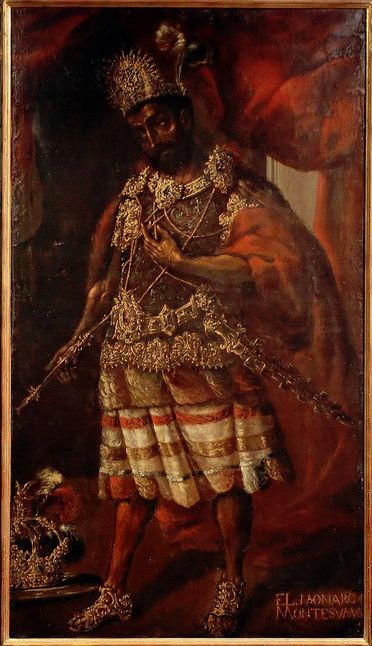
(based on Peter S. Dunham, "The Image of Montezuma on a Londres, México y Sud América Banknote")
Issues
$5 notes
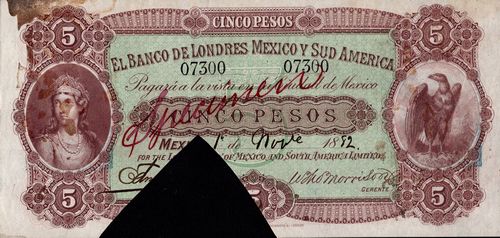
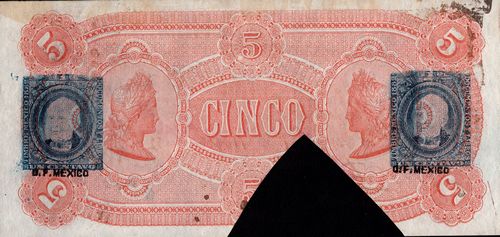 M247s $5 Banco de Londres y Sud América specimen
M247s $5 Banco de Londres y Sud América specimen
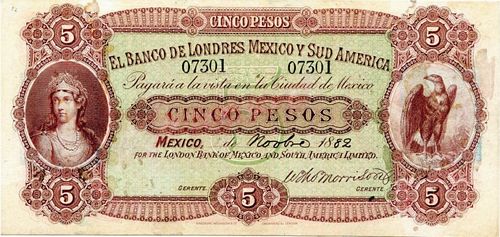 M247a $5 Banco de Londres y Sud América specimen
M247a $5 Banco de Londres y Sud América specimen
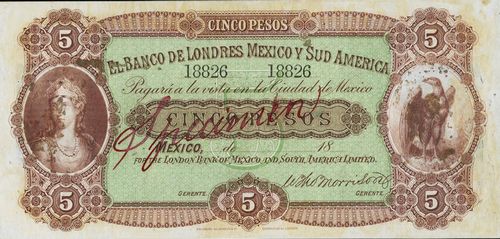
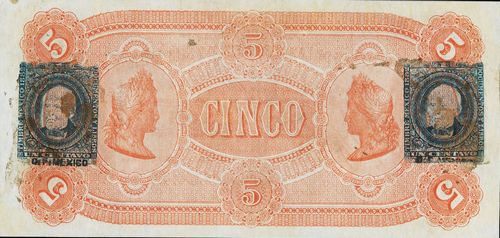 M247a $5 Banco de Londres y Sud América specimen
M247a $5 Banco de Londres y Sud América specimen
| Date of issue | Date on note | from | to | Gerente | Gerente | code | comment |
| 1 November 1882 | 00001 | Morrison | includes numbers 07300marked Specimen but with revenue stamps and cut cancelled and 07301 | ||||
| 40000 | includes number 18826marked Specimen but with revenue stamps |
$10 notes
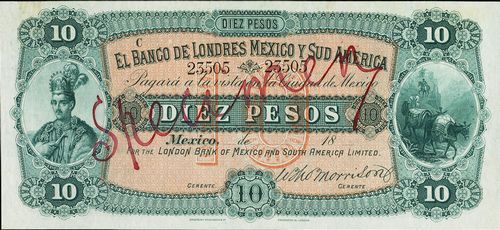
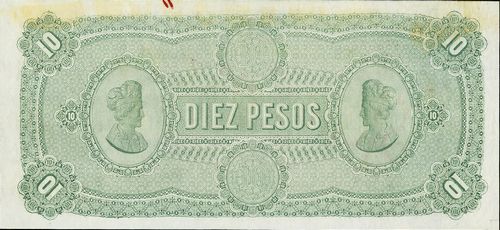 M248s $10 Banco de Londres y Sud América specimen
M248s $10 Banco de Londres y Sud América specimen
| Date of issue | Date on note | from | to | Gerente | Gerente | code | comment |
| M | |||||||
| E | |||||||
| X | |||||||
| 2 September 1878 | Geddes | Morrison | I | includes number 06076CNBanxico #10248 | |||
| C | includes numbers 23502 to 23505both marked Specimen |
